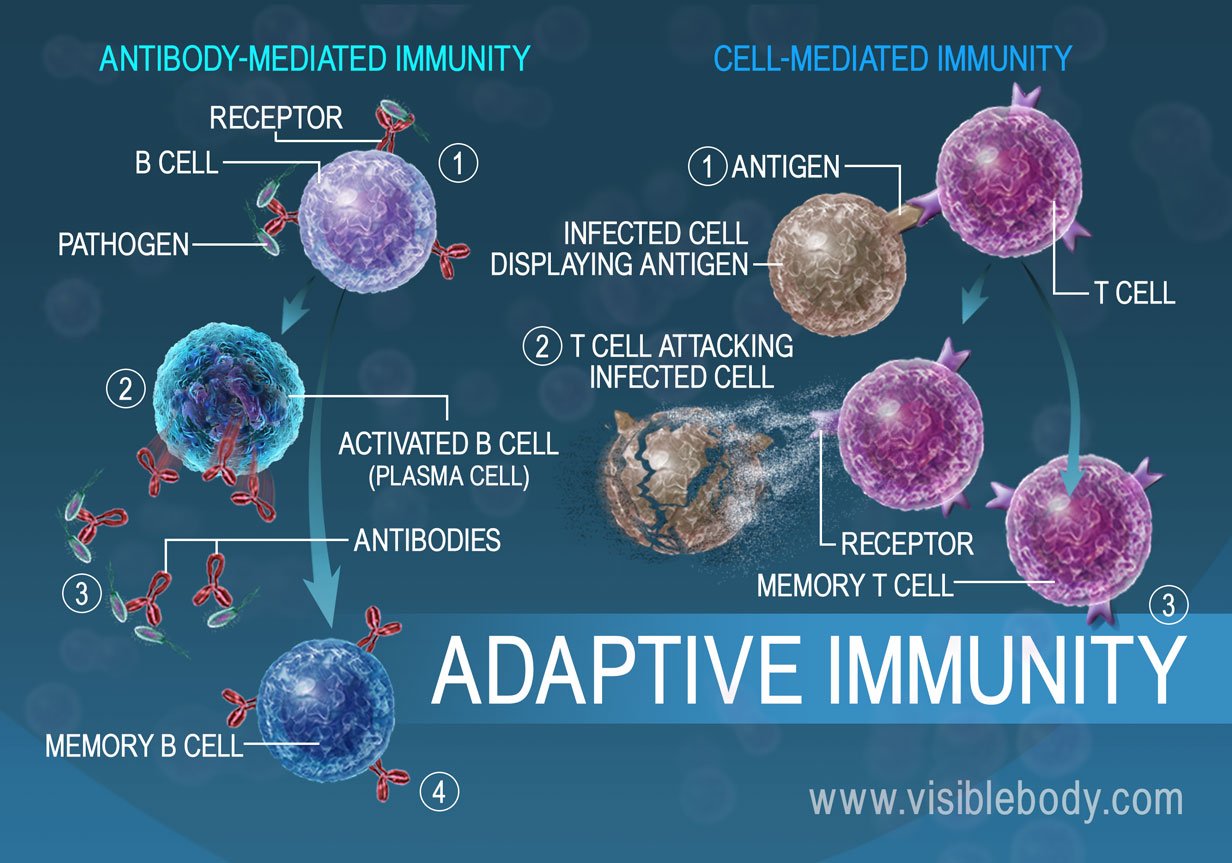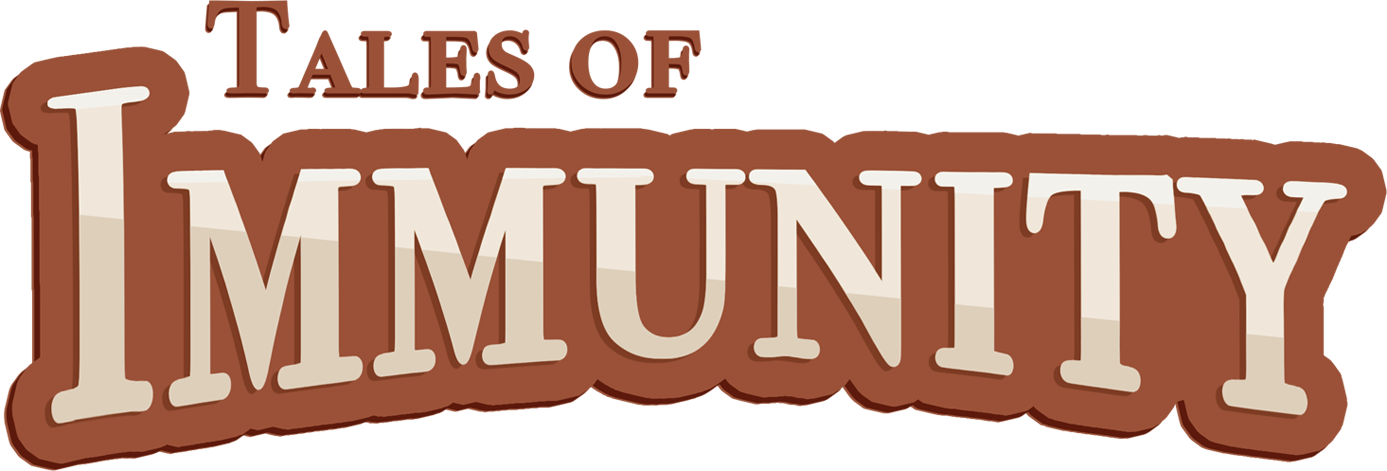

What makes them so appealing to doctors and patients is that they don’t go everywhere in the body they target and modulate specific chemicals or cells at the core of the immune system’s responses. Biologics, in contrast, are derived from living cells and are much more complex in structure, making them expensive to manufacture and a big factor in the rising costs of health care. Traditional medicines are based on small molecules with relatively simple chemical structures. These treatments fall into a class of drugs known as “biologics,” which now make up more than a quarter of the entire pharmaceutical market. Through the stories of lupus patient Merredith Branscombe and rheumatoid arthritis patient Linda Segre, Richtel helps us understand new drugs that tamp down the immune system for those who suffer from debilitating autoimmune disorders. In the course of telling the story of his friend Jason Greenstein’s cancer, Richtel describes effective new treatments that help our immune systems target our own cells that have gone rogue. One of the most exciting developments in all of science and medicine is our growing ability to tweak this balance in precise ways-an area I track closely and that Richtel covers well. When it’s working well, it’s aggressive enough to fend off most invaders but not so powerful that it’s constantly attacking its own cells. “This is what makes our defense so elegant.” In other words, evolution found a Goldilocks set point for the human immune system. Since the 1980s, immunologists have learned that the immune system is tuned to find a balance “between attacking and neutralizing real dangers and showing sufficient restraint such that its potency didn’t destroy the body,” Richtel writes. But seek and destroy is less than half of the story. Millions of years of evolution have produced an immune system with multiple ingenious mechanisms for detecting and killing invaders, even ones it has never seen before.

Most important, you’ll come away with a much better understanding of our immune system’s awesome complexity-and the delicate, even precarious, tradeoffs inherent in its workings. For example, you’ll learn about all the key components of the immune response … the ways pathogens can outsmart our defenses … how women’s heightened immune systems lead to longer life on average … how sleep, meditation, and exercise improve immune function … why the pursuit of immortality is a fool’s errand … and why following the “five second rule” for eating food that falls on the floor is actually a healthy thing to do.

In the process of reading about the four people in An Elegant Defense, you absorb quite a lot of useful and interesting science. He died in October 2018 of a different form of cancer.) (I came to know this form of cancer all too well when my friend and Microsoft co-founder, Paul Allen, was diagnosed with it while we were working together. The most poignant of these is the story of Richtel’s lifelong friend Jason Greenstein, a traveling salesman who was diagnosed with Hodgkin’s lymphoma. He anchors it in the tales of four real people whose health challenges illustrate the immune system’s features and bugs. That’s exactly how Richtel constructs this book. But I know most people who don’t have a degree in immunology prefer books with a story that brings scientific concepts to life. Even though I dropped out of college, I really enjoy reading textbooks.


 0 kommentar(er)
0 kommentar(er)
